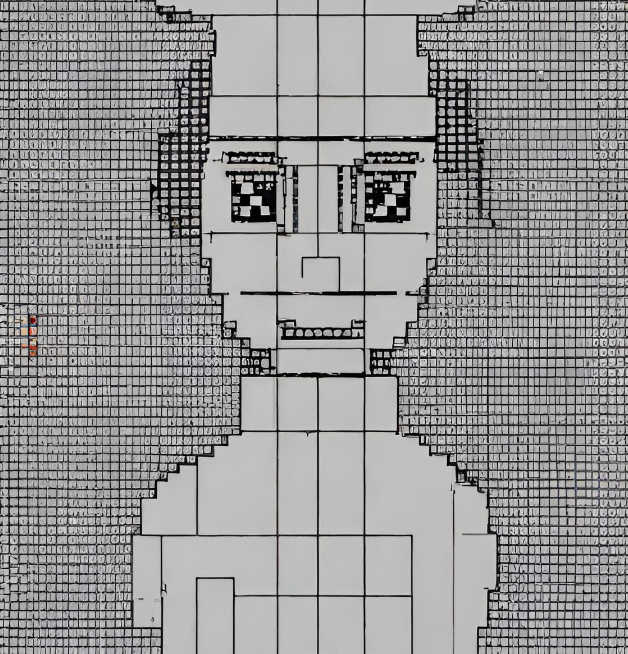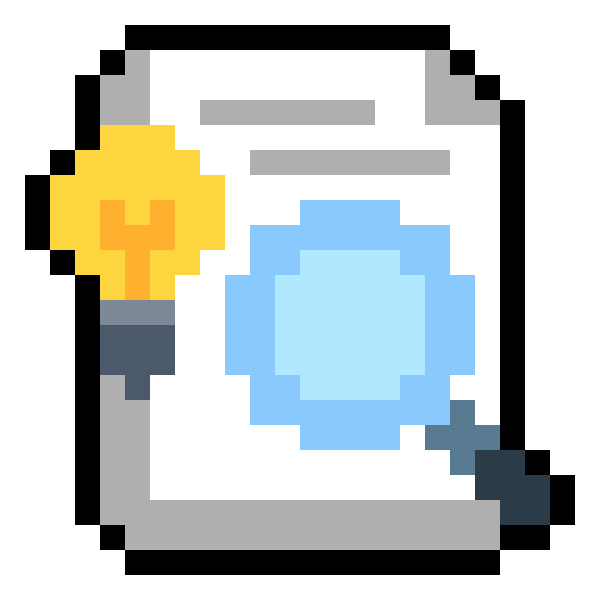Automatic Sparsity Detection for Nonlinear Equations: What You Need to Know
by
March 27th, 2025
Audio Presented by

We publish those who illuminate the path and make the intricate intuitive.
Story's Credibility

About Author
We publish those who illuminate the path and make the intricate intuitive.